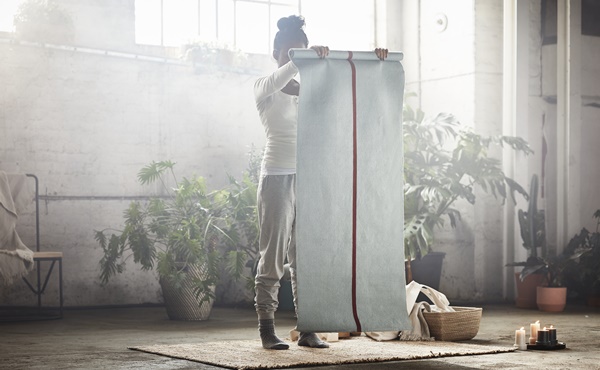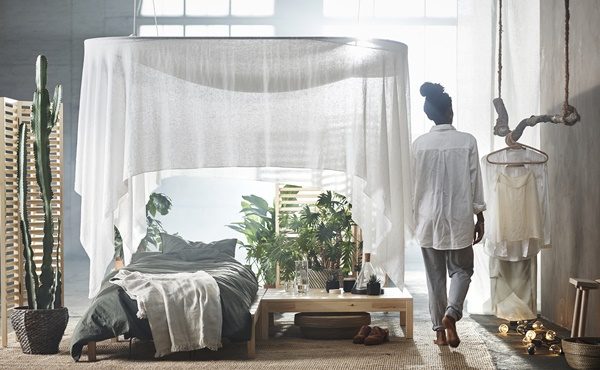It is price, not the environment, which is still the number one decision-making factor when it comes to shopping for textiles for the home, ahead of design, sustainability and convenience. In fact, 61 per cent of Aussies consider themselves environmentally conscious shoppers, yet only 24 per cent always consider sustainability when purchasing products.
According to a recent study, Australians are the second largest consumer of textiles in the world and 74 per cent choose cotton over wool, synthetic blends, bamboo, linen or silk. Indeed, more than half of consumers don’t consider where the cotton in their towels, bed linen, sofa covers and soft furnishings are sourced, even though they are aware of the impact of cotton on the environment.
Conventional cotton uses large quantities of chemicals and water and often leads to significant health risks to farmers, soil erosion and water scarcity. In fact, it takes 20,000 litres of water to produce 1kg of cotton―equivalent to a small backyard swimming pool.

With almost half of Australians purchasing home textiles and soft furnishings more than twice a year, IKEA wants to start a conversation about cotton and why it is important to know where it comes from―the retailer only sells products made from more sustainable cotton.
“People are becoming more aware of where the things we eat, wear and use come from and the impact this can have on our environment and now we are taking steps to encourage Australians to consider the source of their home textiles, raising awareness of the positive impact a move to more sustainable cotton can have,” says Derya Völlings, IKEA sustainability manager Asia Pacific.
The study found 64 per cent of Australians understand that more sustainable cotton is better for people and the planet; however, 70 per cent of Australians have not purchased or are not aware that they have purchased organic or more sustainable cotton for their home. Seventy-five per cent of these people would change their mind if the price was right.

“Cotton is one of our most important and loved raw materials. It lives in nearly every home, but we were uncomfortable with the fact that growing cotton in the conventional way is often harmful to the environment and the people involved. From farm to fabric, we want to keep reducing the environmental impact of growing cotton, while improving the lives of our suppliers, while also enabling a more sustainable life at home for Australians.
“We want to raise awareness about more sustainable cotton and take steps to make the global cotton industry better for people and the planet. We also want to make more sustainable choices accessible to all people and by choosing more sustainable cotton Australians can feel good that they are making a better choice that improves the lives of cotton farmers, their families and the planet,” adds Völlings.
By Marion Gerritsen







